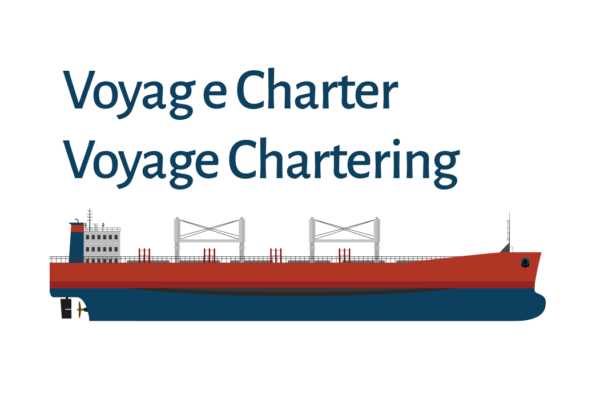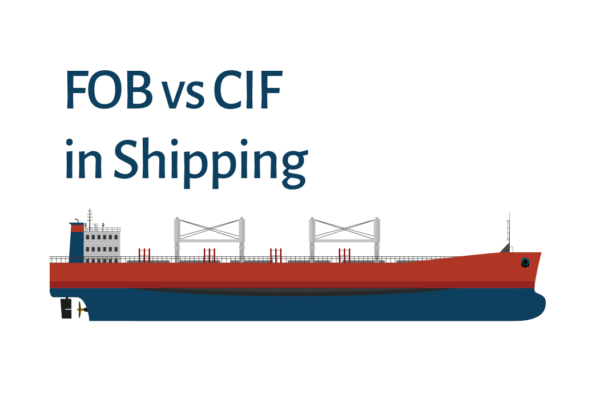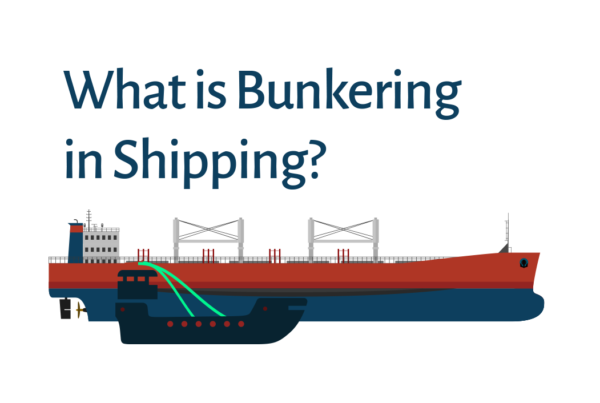A charter party is a foundational contract in the maritime industry. It details the terms under which a shipowner leases a vessel to a charterer for the transportation of cargo or passengers. This agreement defines the shipowner and charterer’s rights, responsibilities, and obligations, ensuring efficient and well-organized maritime operations.
Charter parties are critical for reducing disputes, setting responsibilities, and providing a structured framework for the shipping operation.
The whole purpose of Shipowners arranging to carry goods in their vessel(s) is to earn sufficient income to operate their enterprise successfully and, hopefully, to make a profit. Charterers, on the other hand, are anxious to move their cargoes at the lowest possible unit price commensurate always with safe delivery. It follows, therefore, that close attention must be made in all shipping contracts, not only to the amount of income involved and to its calculation, but also to the methods and times of payment, and to the various risks of the parties involved. (Institute of Chartered Shipbrokers, Dry Cargo Chartering, Witherby Publishing Group Ltd, 2011/2012 Centenary Edition, ISBN 978-1-85609-455-9)
Types of Charter Parties
Voyage, Time and Bareboat Charters
- Voyage Charter: This is a contract for a single voyage between specified ports with a predetermined cargo. Under this agreement, the shipowner manages the vessel’s operation, including crew and maintenance, while the charterer pays freight for the transportation service. The shipowner bears operational responsibilities, such as port and crew costs, making it a straightforward option for one-time cargo transport.
- Time Charter: In a time charter, the charterer hires the vessel for a specified period, gaining the right to direct its voyages and cargoes within agreed limits. While the shipowner retains technical and operational responsibilities (such as crew and maintenance), the charterer covers voyage-related costs like fuel and port fees. This type of charter is ideal for charterers requiring flexible use of a vessel over time. For more info about Voyage Chartering: Voyage Charter.
- Bareboat (Demise) Charter: This type of charter gives the charterer full control and possession of the vessel, including crewing and maintenance, for a set period. The charterer assumes nearly all operational responsibilities and expenses, effectively becoming the vessel’s temporary owner. This arrangement is often used when a charterer needs complete operational freedom and control.
Key Clauses in Charter Party Agreements
Charter party agreements contain several essential clauses that define the terms and ensure both parties are aligned:
- Description of the Vessel: This clause details the vessel’s specifications, such as tonnage, cargo capacity, year of build, and any equipment on board. Knowing the vessel’s specifics is essential for operational planning, as it affects loading and other capabilities.
- Loading and Discharge Terms: Specifies the ports, cargo type, quantity, and responsibilities for loading and unloading operations. It also indicates who bears the associated costs. Some agreements might also state whether the vessel must remain afloat or if it can dock in a safely aground berth.
- Loading Rates: This clause defines the rate at which cargo should be loaded or discharged, typically measured in tons per day. It helps calculate the time allowed for these operations, ensuring both parties agree on a timeline for cargo handling.
- Laydays and Cancelling Date (Laycan): Laydays specify the range of dates within which the vessel must arrive at the loading port, while the cancelling date is the latest acceptable arrival date. If the vessel fails to arrive on time, the charterer has the right to cancel the contract, safeguarding them from disruptions caused by delays.
- Cost of Loading and Discharge: Outlines whether the shipowner or charterer is responsible for cargo handling expenses at both loading and discharge ports. This is crucial for agents managing port operations, as it affects cargo coordination and cost management.
- Notices: Charterers may require regular updates on the vessel’s expected arrival at ports. These notices help charterers prepare for cargo handling and port operations, ensuring smooth and timely logistics.
- Opening and Closing of Hatches: This clause determines who is responsible for the labor and costs associated with opening and closing cargo hatches, which is necessary for safe and efficient loading and unloading.
- Bills of Lading: The bill of lading is a critical document serving as a receipt and title for cargo. This clause outlines who can sign the bill, which confirms the condition and quantity of the cargo loaded. Once signed, it generally holds final authority on cargo details, except in rare legal disputes.
Some widely used charter parties are as below,
Conclusion
A charter party is more than just a contract; it is a comprehensive guide that governs the operation of a vessel during its charter period. By outlining the roles, responsibilities, and expectations of both shipowner and charterer, it establishes a structured framework for maritime operations.
Familiarity with the different types of charter parties and their essential clauses is vital for anyone involved in shipping, from shipowners and charterers to port agents. Understanding and adhering to these agreements help ensure successful and legally sound maritime operations, supporting smooth and efficient voyages across global trade routes.






